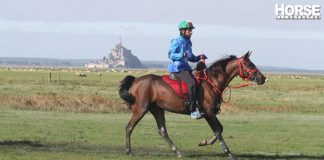The Thoroughbred horse is the fastest in the world, and it’s no wonder. Since the 1700s, Thoroughbreds have been bred for pure speed.
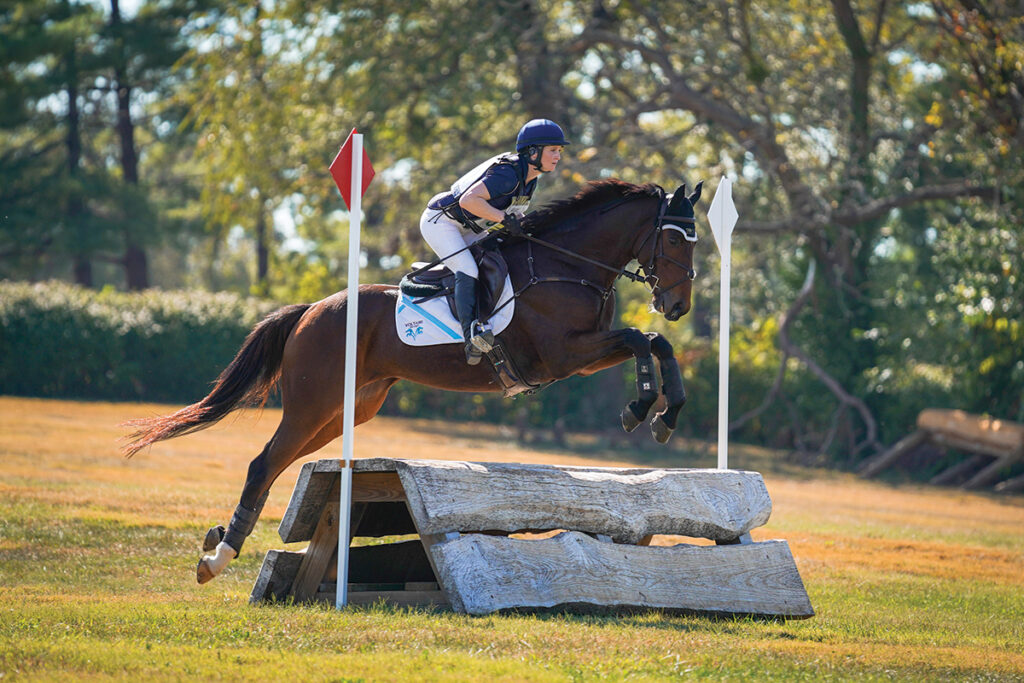
The horses that resulted from these crossings proved to be very fast over long distances. The British aristocracy had discovered the sport of horse racing, and the Thoroughbred became a favorite.
Selective breeding made the Thoroughbred faster and faster with each generation, and in 1791, James Weatherby researched and published the first volume of the breed’s General Stud Book. The book featured the pedigree of 387 mares that could be traced back to one of the three original foundation stallions.
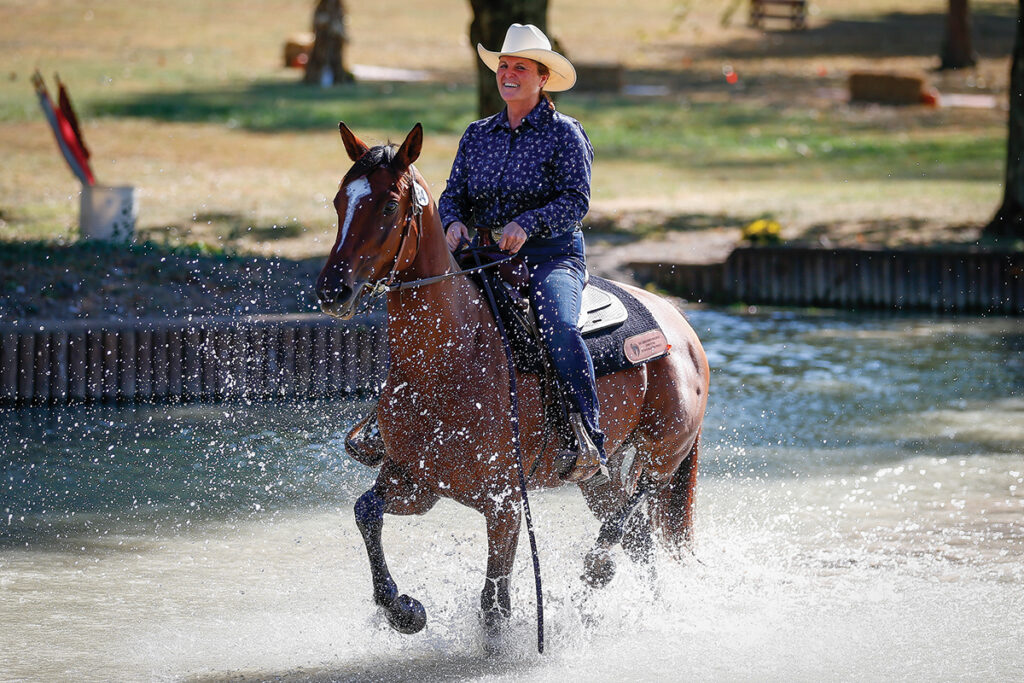
Since then, the Thoroughbred breed has become synonymous with professional horse racing around the world. When people think of racehorses, they think of the Thoroughbred. Household names such as Man o’ War, Seabiscuit and Secretariat made racing a favorite American pastime.
More Than Speed
The Thoroughbred has been a racehorse for centuries, yet it turns out this amazing breed can do a lot more than run. An organization called the Retired Racehorse Project (RRP) has had a hand in proving that Thoroughbreds bred for racing are also incredibly versatile as sport horses, and they can excel in a variety of disciplines.
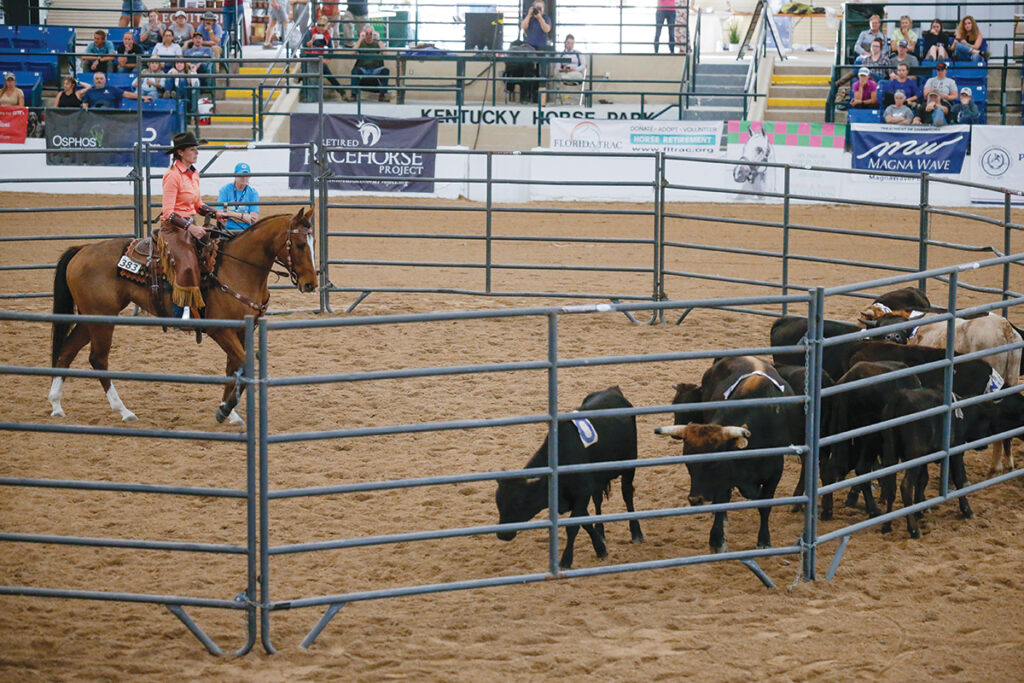
Jen Roytz, executive director of the RRP, has seen this firsthand and knows why.
“So much careful thought, research and planning goes into the mating that produces each Thoroughbred with the goal of creating an elite equine athlete,” she says. “During their formative years, they are raised and cared for with that same goal in mind, and as a result receive proper nutrition and care as they develop.”
This care, combined with centuries of careful breeding, results in a very athletic horse, according to Roytz. And while the goal for most Thoroughbreds is to be a superior athlete on the track, racing is not the only good use of its athleticism.
“Their agility, stamina, adaptability and versatility make them well-suited for a variety of sports outside of racing,” she says.
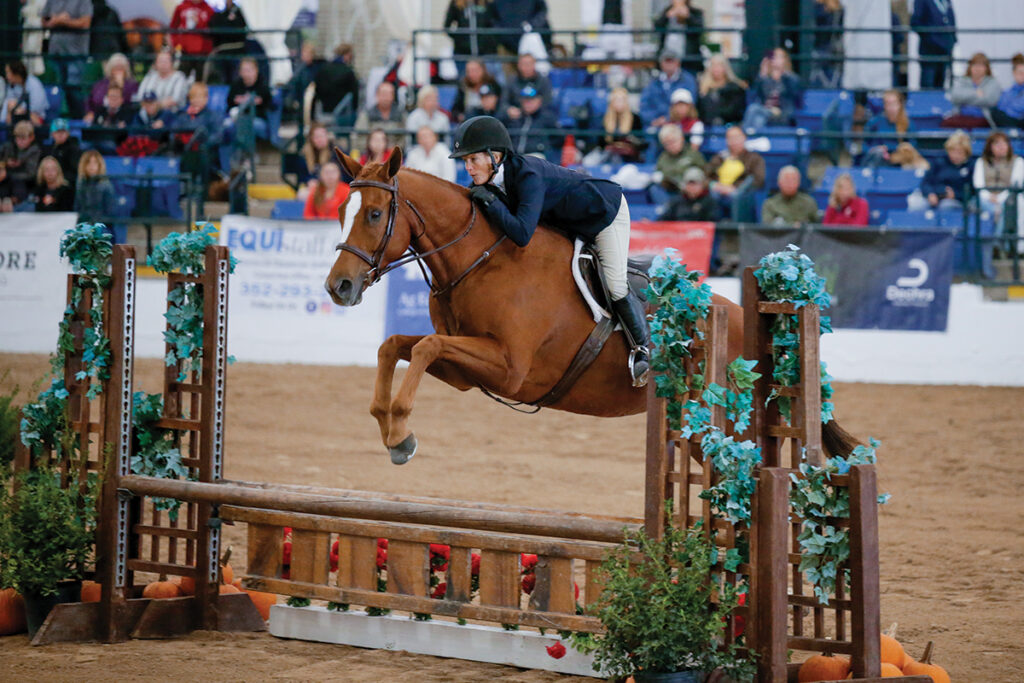
Many people are familiar with Thoroughbreds competing in jumping, eventing, dressage, and even barrel racing, polo and endurance. But there’s more to discover outside the box when it comes to this breed.
“Their demeanor, intelligence and curiosity make them the perfect partner for everything from ranch work, trail sports, liberty training and recreational riding to lesson programs, therapeutic riding and more.”
Thoroughbred Horse Makeover
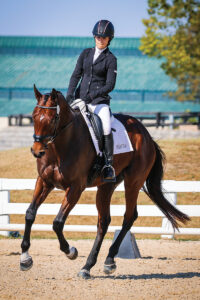
Over the past few years, Thoroughbreds have proven this at the RRP’s annual Thoroughbred Makeover event, held in Kentucky. Over the past six years, the group has named champions in 10 disciplines: barrel racing, competitive trail, dressage, eventing, show jumping, show hunter, field hunter, polo, ranch work and freestyle (a free-form division).
More people are starting to recognize the value of the breed in different sports.
“This can be seen in the increase in the number of horses adopted from the racetrack and the increase in the prices paid for them,” says Roytz.
“Each year, more than half of our Thoroughbred Makeover trainers are competing in the event for the first time, and many are formally taking on the task of retraining a Thoroughbred from racing to their new career for the first time. That shows us the needle is moving, and more people are choosing Thoroughbreds for equestrian sports.”
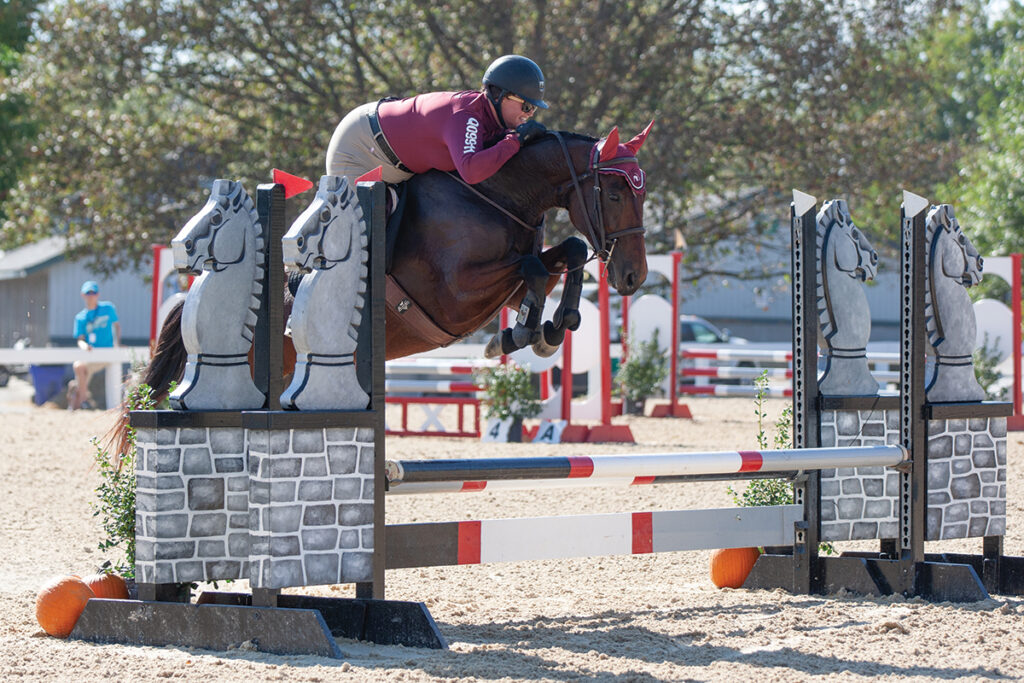
Other organizations are also aware of this. There is the Jockey Club’s Trainer Incentive Program (TIP), which encourages the retraining of retired Thoroughbred racehorses for other disciplines. The TAKE2 Second Career Thoroughbred Program, run by the New York Thoroughbred Horsemen’s Association and the New York Thoroughbred Breeders Inc., is another.
It can be breathtaking to watch a Thoroughbred run at full speed on the track, but it can be just as impressive to see one of these athletes perform a flawless dressage test or soar over an oxer in a show jumping class. Whatever the sport, Thoroughbreds are proving they remain the horse world’s finest athletes.
Thoroughbred Fast FactsHeight: 15.3 to 17 hands Color: Bay, chestnut, black, brown, gray Overall Appearance: Refined head, long neck, high withers, deep shoulder, long legs, powerfully muscled hip and thigh. For more information, visit The Jockey Club and Retired Racehorse Project. |




